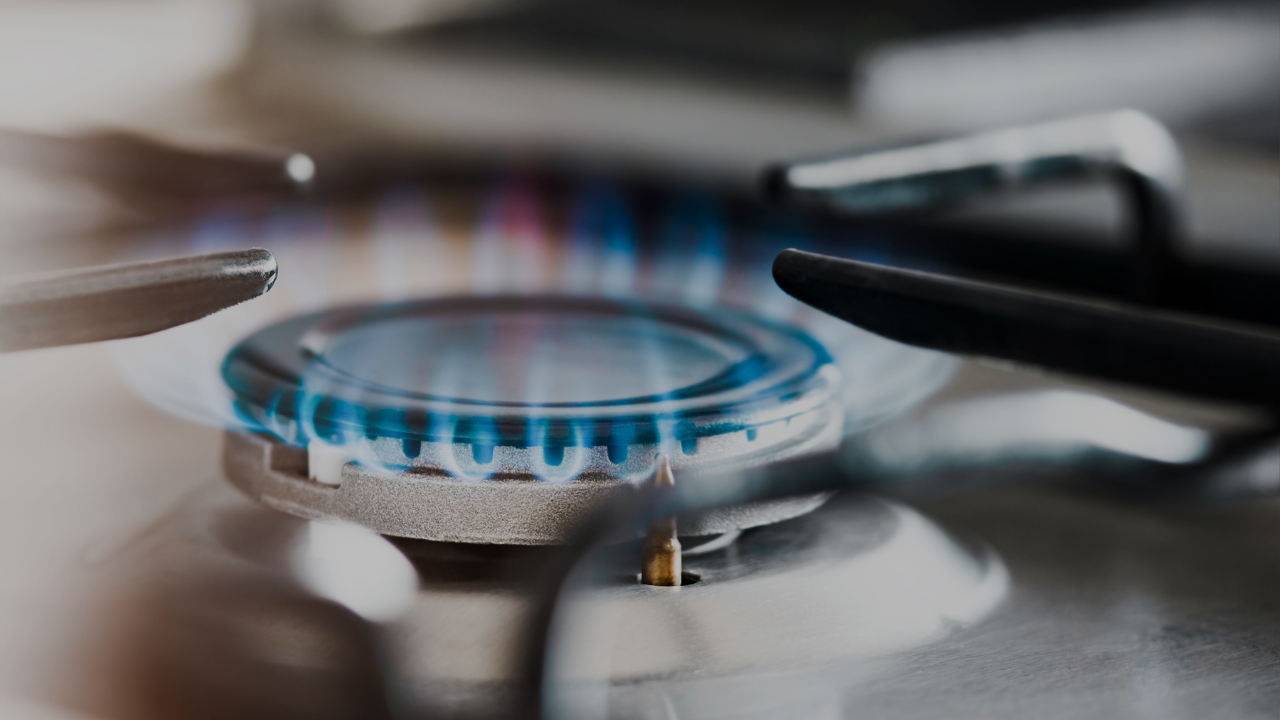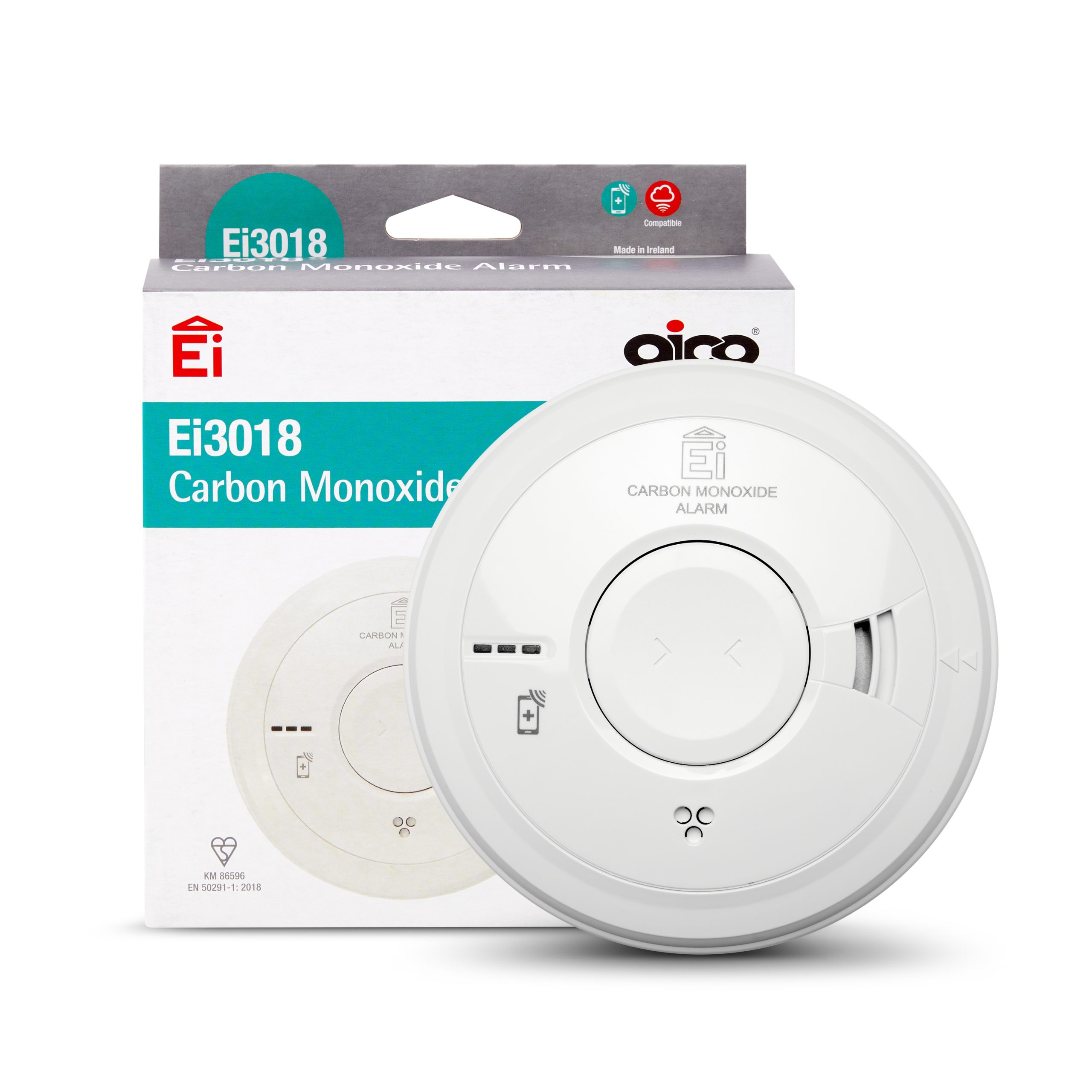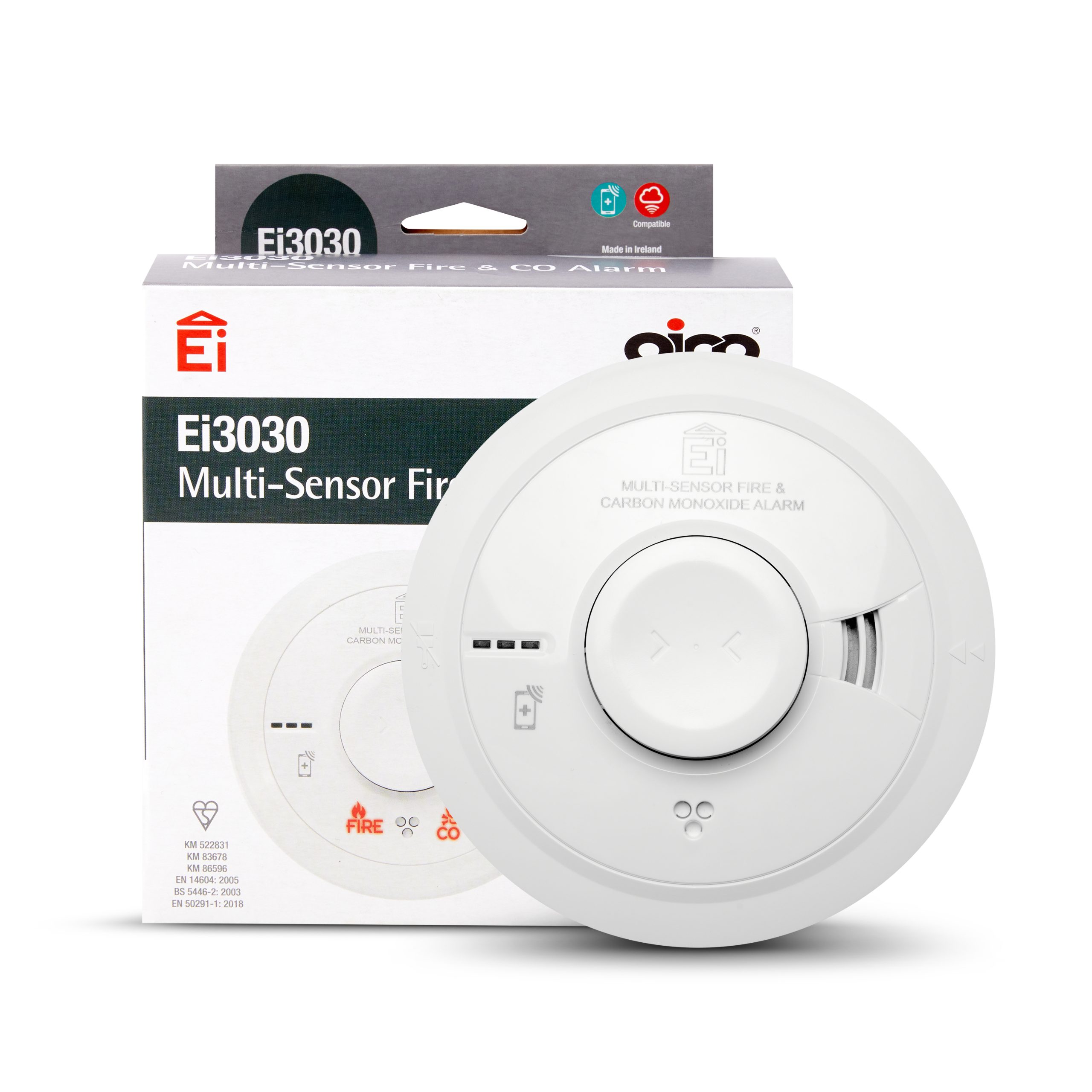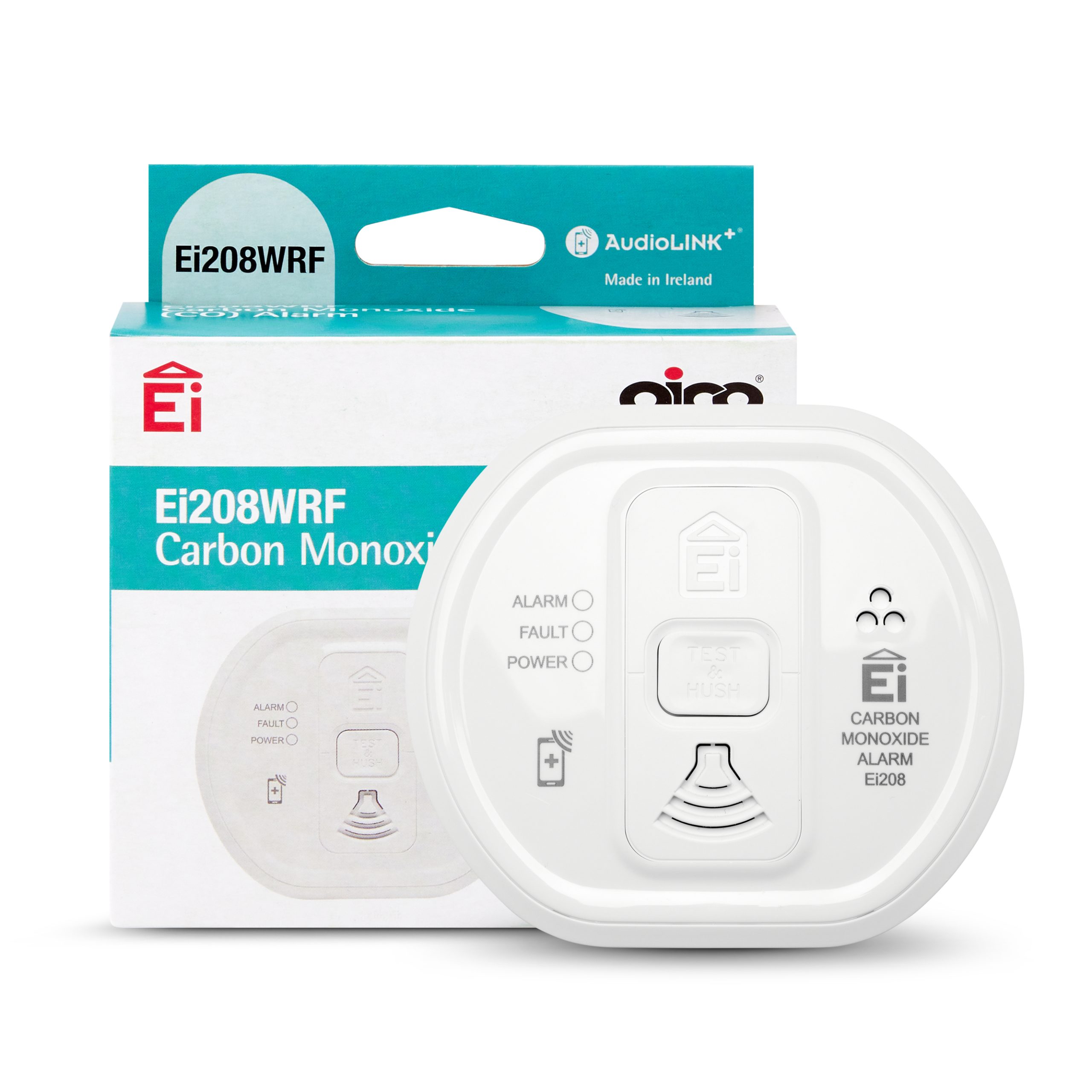Understanding Carbon Monoxide: The Invisible Threat in Your Home this Winter

Heating engineers across the country have said more households have delayed their annual gas services. A Shropshire MP, Julia Buckley, worries that delaying checks on appliances to save money is a major threat to life, due to the cost-of-living crisis.
This fear stems from Julia losing a dear friend, Irene Wright. Wright died in her early 20’s due to a faulty boiler in her family home, which she had travelled back to for the Christmas break.
With no warning and unaware of the leak, Irene sadly passed away.
When it comes to household dangers, carbon monoxide (CO) is one of the most threatening. Known as the “silent killer,” carbon monoxide is an odourless, colourless gas that can be deadly at high levels. Here, we’ll look at what carbon monoxide is, how it gets into our homes, why it’s dangerous, and steps you can take to protect yourself and those around you.
What is Carbon Monoxide?
Carbon monoxide is a gas produced by the incomplete combustion of carbon-containing fuels. It’s a byproduct of burning fuels like wood, gasoline, propane, natural gas, and oil. Since it’s both odourless and colourless, it’s virtually impossible to detect without a carbon monoxide alarm.
Common Sources of Carbon Monoxide
Numerous household appliances and everyday activities can produce carbon monoxide. Here are some common causes found in homes:
- Gas stoves and ovens – When natural gas doesn’t burn completely, CO can be released.
- Heating systems – Malfunctioning or poorly ventilated boilers can leak CO.
- Fireplaces – Improper ventilation can cause CO buildup indoors.
- Generators – Used indoors or too close to windows, generators can emit CO into your home or, when camping, tents and caravans.
- Vehicles – Running a car in an enclosed space like a garage is a common source of CO exposure.
- Grills and camp stoves – Using these indoors or too close to open windows can allow CO to enter your living space.
Why is Carbon Monoxide Dangerous?
When inhaled, carbon monoxide binds to haemoglobin in the blood, preventing it from carrying oxygen throughout the body. This can cause oxygen deprivation in the heart, brain, and other vital organs, leading to serious health problems and, in severe cases, death. The risk increases because symptoms of CO poisoning can mimic the flu, making it hard to detect without a CO alarm.
Symptoms of CO Poisoning Include:
- Headaches
- Dizziness
- Weakness
- Nausea and vomiting
- Confusion
- Shortness of breath
- Loss of consciousness
If you experience these symptoms, especially if multiple people in your home are affected, it may be due to CO exposure.
How to Prevent Carbon Monoxide Exposure in Your Home
- Install CO Detectors
Carbon monoxide detectors are the best way to detect CO in your home. The British Standard for installation of carbon monoxide alarms, BS 50292, recommends that they are installed in multiple rooms throughout your home. These include rooms with a fuel burning appliance or flue passing through, bedrooms and the room most often used for daytime living. To ensure the functionality of your alarms, check batteries regularly and replace detectors according to manufacturer’s instructions. - Service Your Appliances
Have gas, oil, and coal-burning appliances inspected by a qualified technician annually, as detailed in the relevant standards for each fuel type. Appliances that may be in your home that need servicing include boilers, gas stoves, water heaters, and any other fuel-burning devices. - Use Appliances Properly
Don’t use grills, camp stoves, or generators indoors or in enclosed spaces. Always use these items in well-ventilated outdoor areas away from doors, windows, and vents. - Check Your Chimney and Vents
Ensure that your chimney and vents are clear of obstructions, like birds’ nests, leaves, or snow. Blocked vents can prevent CO from leaving your home. - Never Run Vehicles in an Enclosed Space
If you need to warm up your car, make sure it’s outside or in an open garage. Never leave a car running inside a closed garage, as CO can accumulate very quickly.
What to Do if You Suspect CO Poisoning
If you suspect CO poisoning, act quickly:
- Get fresh air immediately. Open windows and doors and move everyone outside.
- Call emergency services. Inform them that you suspect CO poisoning.
- Do not re-enter your home until emergency responders have assessed the space and it has been ventilated.
Prioritise Safety in Your Home
Carbon Monoxide is a serious risk, but with the right precautions, you can keep your home safe. Investing in CO detectors, keeping up with appliance maintenance, and practicing caution with fuel-burning devices can all go a long way in protecting you and your family.
Take the time today to evaluate your home for any potential CO hazards and make sure you have the tools and knowledge needed to prevent a CO incident.
For more information on Julia Buckley’s story visit BBC News






